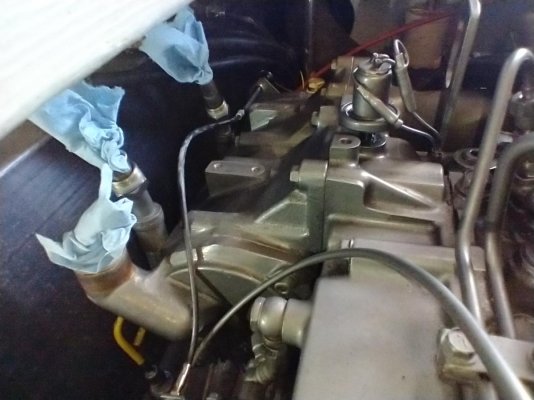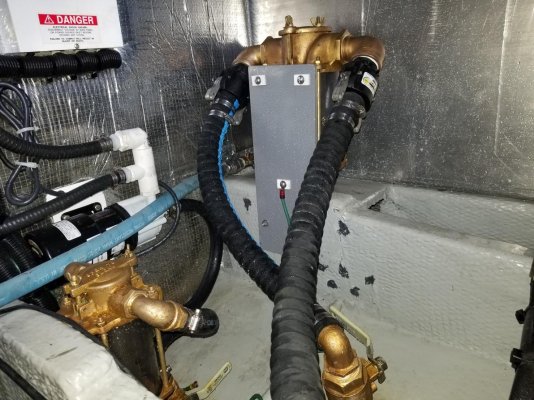gerilla
Member
- Joined
- Jan 2, 2017
- Messages
- 19
- Location
- United States
- Vessel Name
- Jolly Mon
- Vessel Make
- Mainship 350/390
I have a 1999 Mainship 350 with twin Yanmar 4LHA-STE turbo diesels... The - STP is a virtually identical engine in the later built 390s.
Has any one out there ever removed the starboard engine aftercooler for cleaning or repair? Seems to be near impossible to access from the side or top! I had a much experienced mechanic give up on removal . Other than moving the engine off of it's mounts or cutting up the salon sole above the engine is there a way to get it done?
Has any one out there ever removed the starboard engine aftercooler for cleaning or repair? Seems to be near impossible to access from the side or top! I had a much experienced mechanic give up on removal . Other than moving the engine off of it's mounts or cutting up the salon sole above the engine is there a way to get it done?


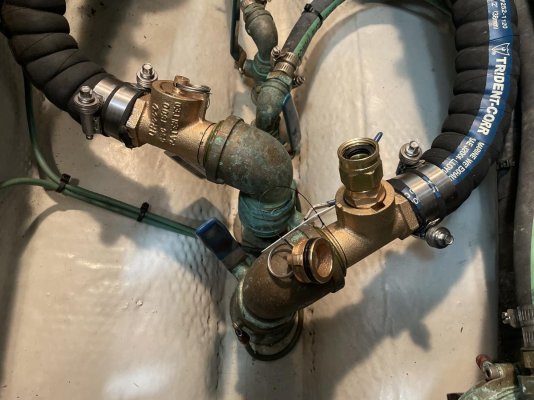
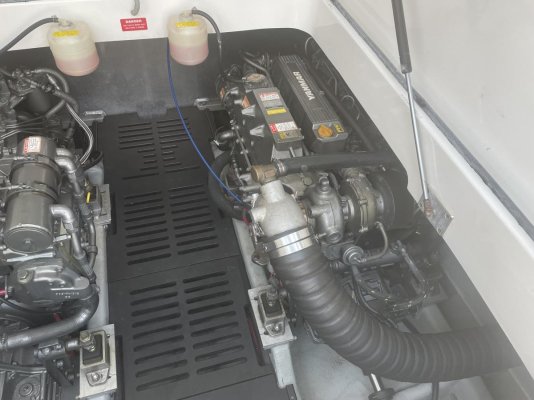
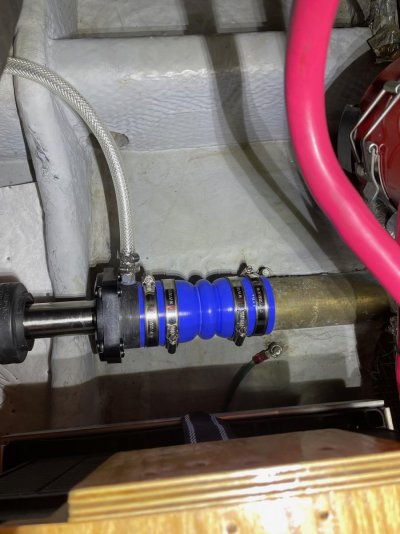
 The Portside raw water pump is also a ridiculous b!tch as well. Doable… but make sure there are no innocent children within earshot!
The Portside raw water pump is also a ridiculous b!tch as well. Doable… but make sure there are no innocent children within earshot! 

